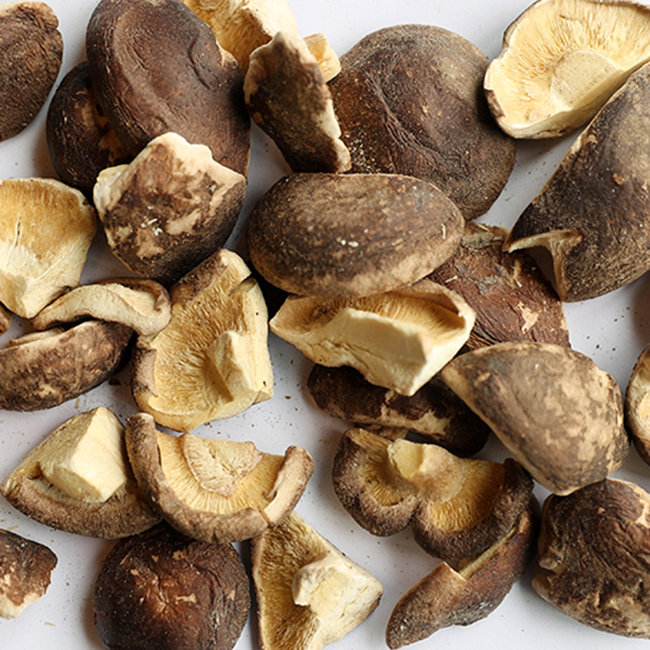In the past few days, the farmers of Zhanggezhuang and Renzhao Town in Pingdu City reported that the scallions they planted had rot. The green onions first rot from the roots, and then the entire plant appears rotted, accompanied by odor. According to the situation reflected by the farmers, the author conducted an investigation on the spot. After field inspection, rot on the root of green onions is a typical soft rot.
Scallion soft rot is a bacterial disease. The pathogenic bacteria mainly inhabit the body and soil of the diseased plant. The suitable growth temperature of the bacteria is 25°C to 30°C. Therefore, high humidity, heavy land mass, and low-lying land are more likely to develop. Diseases, soils, and unrefined fertilizers in lush green fields are the sources of soft rot. Germs can spread through irrigation, field management, and insects, wind, and rain. Scallion soft rot is easy to prevent. Once it occurs, it is difficult to eradicate it.
1. Select resistant varieties and disinfect seeds. 72% can be used for soaking in streptomycin sulfate for 3 to 5 minutes and sowing after drying.
2. Select the appropriate plot. The use of land with high dryness, good drainage, and land that has not been planted with green onions in recent years can effectively prevent the onion rot.
3. Rational rotation and intercropping. Onion heavy-duty plots can be replicated with wheat and corn for more than 3 years to reduce the source of bacteria.
4. Reasonable fertilization. Apply more organic fertilizer, rational application of nitrogen fertilizer, re-application of phosphorus, potassium fertilizer, appropriate addition of trace elements, to achieve balanced fertilization, promote vigorous growth of green onions, improve plant disease resistance.
5. Remove field residues and perform soil disinfection. For years of severely affected land, quicklime or enemy can be sprinkled. The amount of quicklime is 50kg/mu, and the amount of enemy crusher is 1~2kg/mu.
6. Chemical control. In the initial stage of disease, 77% of the WP can be sprayed 500 times, or 72% of the Streptomycin Sulfate Wettable Powder 4000 times, or 70% of the Dukesson Wettable Powder 200 times, and can also be poured into the water. . According to the condition, it was applied once every 7-10 days, totaling 2 or 3 times.
Dehydrated shiitake mushrooms are food made from mushrooms. The technological process is raw material selection → drying → drying → grading packaging → finished product.
Material selection: The dried shiitake mushrooms should be moderately mature, complete, free of disease, insects and injuries. Generally, the mushrooms are harvested when the mushrooms are mature.
Drying: After harvesting, the mushrooms are placed on the drying sieve with the stem facing down, and placed in the sun to dry. The time depends on the moisture content of the raw materials, generally 5-8 hours.
Drying: Drying can be done in a drying room or in a dryer. Temperature control in drying stage.
Grading: The dried shiitake mushrooms should be graded in time. The grading standard can be carried out according to the size, color and integrity. Pick out the green mushrooms and re-dry them. After grading, put it into a plastic bag and seal it in time. The specifications of the plastic bag are determined according to the market demand.

Freeze Dried Button Mushroom,Freeze Dried Mushrooms,Dried Mushrooms,Freeze Dried Button Mushrooms
Topower Technology Limited , https://www.topower-foods.com